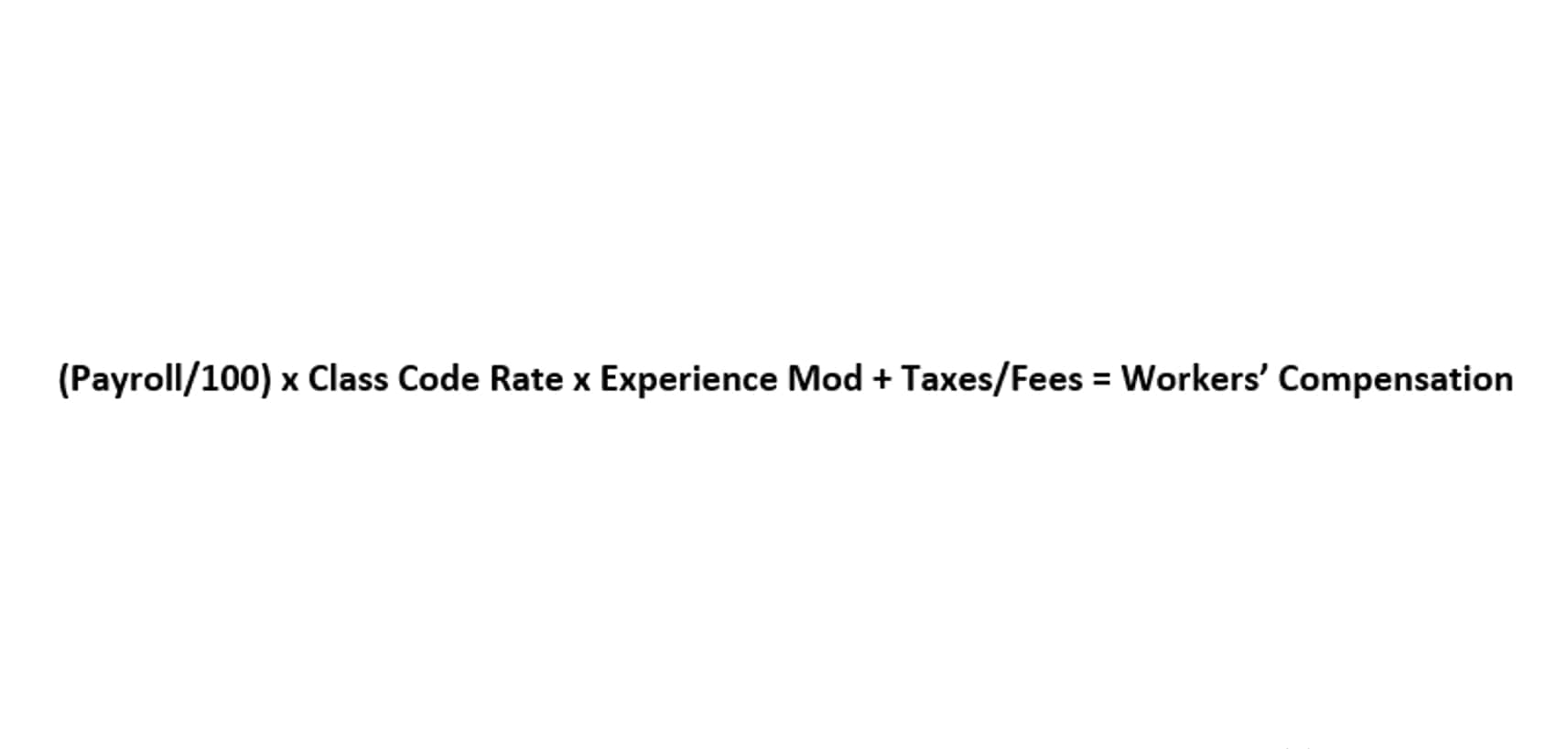
Larger businesses, particularly manufacturers and multi-product businesses, use multi-step statements because they’re more informative and useful than a single-step statement. It can be hard to keep up with the details, which is why it multi step income statement is important to closely track the financial performance of your business’s many moving parts. Here’s an example of a single-step income statement from fictional company XYZ. Generally Accepted Accounting Principles (GAAP) gives public companies the option of issuing a multi-step or single-step income statement, depending on how they are structured. The Revenue account shows the revenue generated by normal business activities that includes any deductions and discounts given to customers.
Importance of Understanding Different Income Statement Formats in Financial Analysis

It serves as a key tool for management, investors, creditors, and other stakeholders to make informed decisions. For management, the income statement is vital for assessing operational efficiency, controlling costs, and formulating strategic plans. Investors use it to evaluate the company’s profitability potential and financial health, which are critical in making Budgeting for Nonprofits investment decisions. Different formats, primarily the single-step and multi-step income statements, present financial data in distinct ways. Each format provides varying levels of detail and analytical depth, impacting the ease of conducting trend analysis, ratio analysis, and sector comparisons. A multi-step income statement not only provides detailed insights into a company’s profitability but also highlights key areas such as gross profit, operating income, and non-operating activities.
Chapter 7: Merchandising Operations

A business’s cost to continue operating and turning a profit is known as an expense. Some of these expenses may be written off on a tax return cash flow if they meet Internal Revenue Service (IRS) guidelines. Income statement may be presented using the single-step or multi-step approach. Stakeholders unfamiliar with the intricacies of a multi-step income statement might find it daunting initially.
How to Prepare a Multi-Step Income Statement: A Deep Dive

Understanding these components is crucial for analyzing an income statement, as they collectively provide insights into a company’s financial performance, operational efficiency, and profitability. The multi-step income statement provides users with greater transparency and analytical power. By segregating revenues and expenses based on their nature, it facilitates the identification of key profit drivers and areas for operational improvement. It also enhances comparability with industry peers and enables more meaningful financial analysis. A single step income statement uses a single calculation and only shows net income. A multi-step income statement, by contrast, uses several calculations and shows the gross profit and operating income of the business along with net income.

# 1 – Operating Head – Gross Profit
- A multi step income statement is often used to make GAAP financial statements.
- The choice between single-step and multi-step income statements significantly affects how stakeholders understand a company’s financial health.
- Therefore, understanding the nuances between single-step and multi-step income statements is indispensable for accurate financial analysis and effective business management.
- A multiple step income statement is one of the two common types of income statements in financial reporting.
- A multi-step income statement is more detailed than a single-step income statement.
Unlike a multi-step income statement, the company’s gross profit is not shown as a subtotal. In order to determine a company’s gross profit, someone reading the income statement will need to subtract the cost of sales from net sales. Like a multi-step income statement, a single-step income statement reports the revenue, expenses, and profit (or loss) of a business during a specific period. However, it doesn’t provide the level of detail you get with a multi-step income statement. Large businesses with multiple sources of revenue and many (and varied) expenses typically use a multi-income income statement. The reason is that this type of statement differentiates incomes and expenses from primary business activities with those from non-essential activities.
Add Operating Expenses
A simple multiple step income statement separates income, expenses, gains, and losses into two meaningful sub-categories called operating and non-operating. The multi-step income statement provides a structured approach to calculating net income, starting with sales revenue and subtracting the cost of goods sold (COGS) to determine gross profit. Operating expenses, such as payroll and rent, are then deducted to find income from operations. Multi-step income statements indicate how a company’s primary business activities generate revenue and affect costs compared to the performance of non-core business activities. These statements also tell you whether the company reported a profit or loss for the reporting period. The multi-step income statement shows important relationships that help in analyzing how well the company is performing.
Direct costs refer to expenses for a specific item, such as a product, service, or project. Indirect costs are generalized expenses that go towards a company’s broader infrastructure and therefore cannot be assigned to the cost of a specific object. Examples of indirect costs include salaries, marketing efforts, research and development, accounting expenses, legal fees, utilities, phone service, and rent.
What Do They Include?
- Manufacturers incur a variety of production costs, from raw materials to labor.
- It shows all revenues and expenses of the company over a specific period of time.
- Each of these relationships is important because of the way it relates to an overall measure of business profitability.
- A financial reporting period, also called an accounting period, refers to the timespan your income statement will cover.
- Net income from the income statement flows into the retained earnings section of the balance sheet.
In essence, the choice of income statement format can significantly influence how financial information is interpreted and utilized in strategic planning and decision-making. Therefore, understanding the nuances between single-step and multi-step income statements is indispensable for accurate financial analysis and effective business management. The multi step income statement becomes a must-have for those businesses because it provides a better analysis of the company’s financial performance than the single-step income statement. A multiple step income statement is one of the two common types of income statements in financial reporting.
Cost of Goods Sold (COGS)
Net income is the final profit of the company after all revenues and expenses, including taxes, have been accounted for. Income before taxes is calculated by adding the operating income and the net non-operating income/expenses. On the other hand, as already highlighted, larger corporations with complex operations typically find multi step statements more beneficial. They’re often preferred by publicly traded companies and for external financial reporting purposes. If total revenue minus total operating expenses is a negative number, this is considered an operating loss. Include other non-operating income and expenses, such as interest earned or paid, and gains or losses from asset sales.

Comment (0)